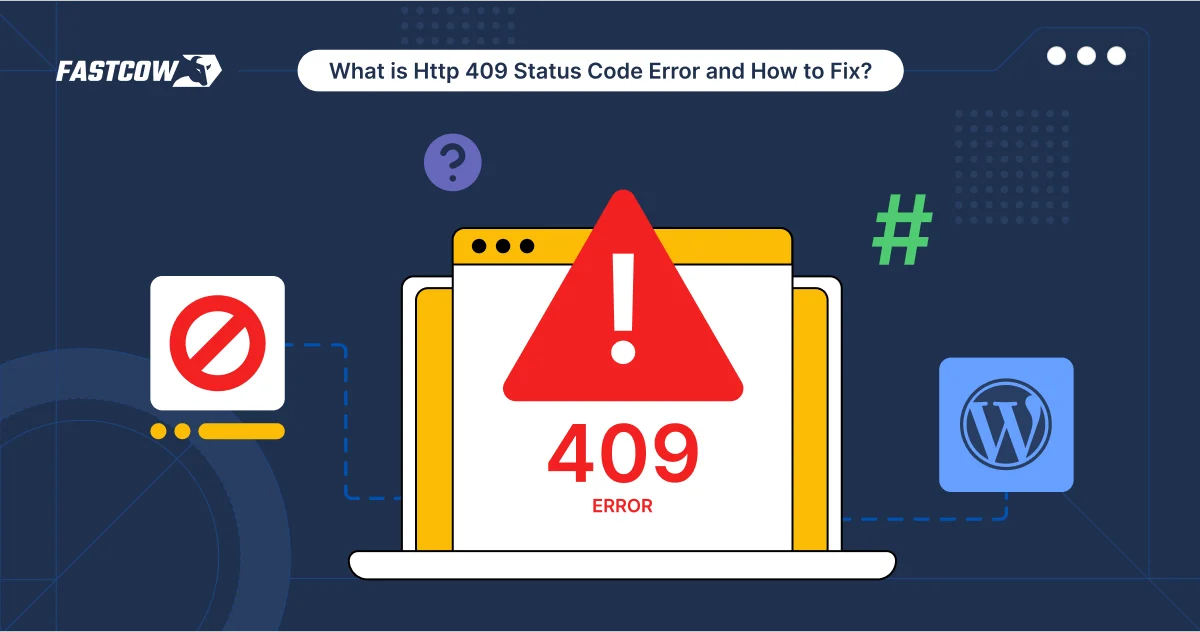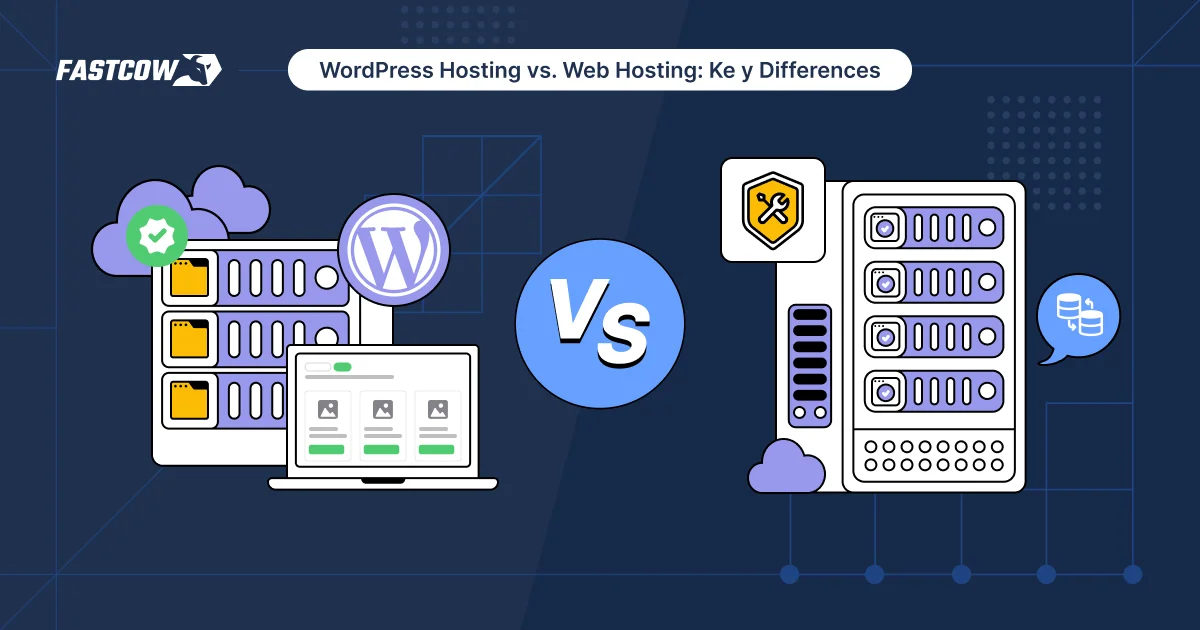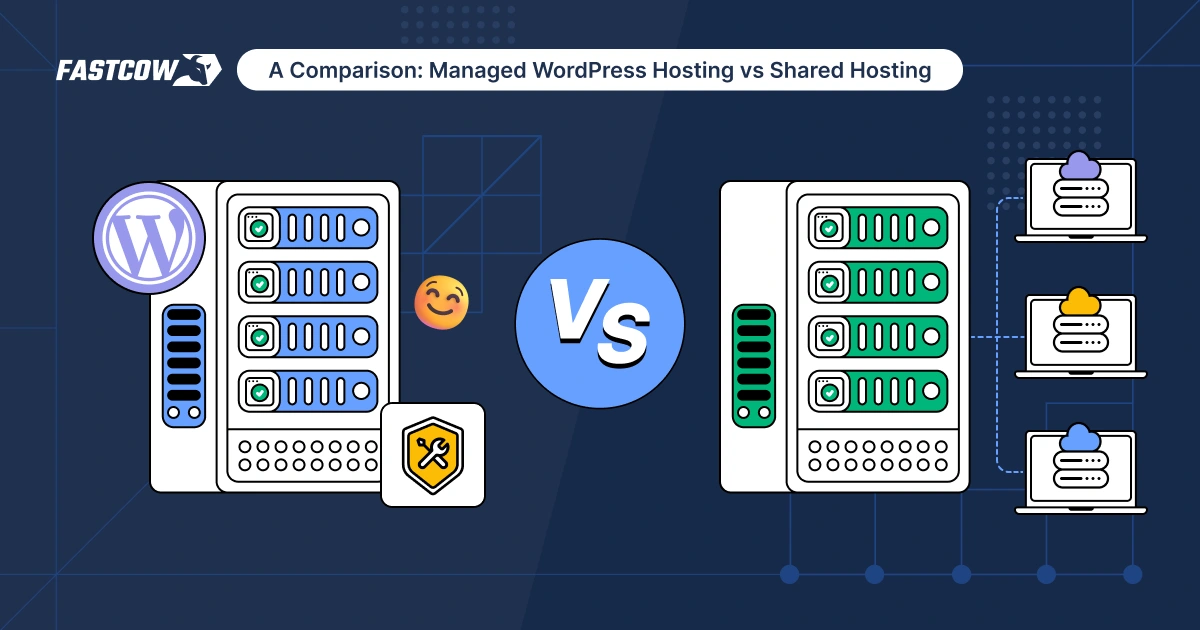
Are you encountering HTTP 409 errors, or do your website users keep encountering them when they try to access your website?
HTTP status errors like the 409 error occur frequently but are usually not too challenging to fix. In this guide, we’ll dive into the HTTP 409 status code error, some probable causes, and some troubleshooting tips.
Let’s get started!
What is the Meaning of the HTTP 409 Error?
The 409 error code belongs to the 400 HTTP group of errors, generally called client response errors. It is identified as the 409 Conflict error or the HTTP status 409.
When you see an HTTP 409 error, what it means is that there’s been a conflict between an action or resource you’ve requested and the state of the targeted resource on its host server.
Another way of looking at it would be to say that the server recognizes the resource you would like it to act on, but cannot fulfill the request because the resource is not in a state where this would be possible.
If you’re a beginner, here’s an example to illustrate the point: For a moment, think of your web browser as a post office, and as all post offices do, your web browser delivers packages to various destinations. On the web, the post office would be called a client, the destinations would be called web servers, and the parcels would be called HTTP requests.
If you sent out two different mailmen or two different HTTP requests for the same item and destination, one of the mailmen would be unable to complete the request. This is because the first mailman would already be interacting with the parcel. In web protocol terms, this could be described as a conflict, and this is a similar process to how 409 errors generally occur.
Understanding HTTP Methods and Idempotency
Your browser, along with other types of clients like search engines, is capable of sending different types of HTTP requests depending on the request you’ve triggered. Sometimes, all you want to do is view a static page, but at other times, you may want to alter the state of some resource, such as a user profile.
Whatever it is you’d like to do, your browser will send a request using one of nine possible HTTP methods, which include GET, HEAD, POST, PUT, DELETE, CONNECT, OPTIONS, TRACE, and PATCH.
When it comes to the 409 error, the PUT and POST methods are the most important ones to consider. This is because both methods can be used to do the same things in some cases even though they work in different ways.
The PUT method is idempotent, which means that it will achieve the exact same result each time it is asked to do the same thing. POST methods are different, as they can achieve different answers to the same request.
Thinking back to our post office example, if you wanted to post the same pair of shoes over and over, you would need a PUT method. But if you wanted to post just any pair of shoes from a collection of shoes, you could use a POST method instead.
The quality of being idempotent makes PUT methods the better way to handle dynamic requests in most cases. When POST methods are used instead, 409 errors are likely to occur. That said, there could be other potential causes, too, and very shortly, we’ll look at some of the most common causes of HTTP 409 errors.
Before this, let’s first clear up a common cause of confusion by looking at the differences between the 409 error and the similar 400 error.
What is the Difference Between the 409 Error and the 400 Error?
We previously mentioned that the 409 error belongs to a group of HTTP errors called HTTP 400 errors or client error messages. In general, client error messages occur when there is something wrong with a request made by a client. However, there are distinctions in how these errors occur and how you can fix them.
The 400 error occurs when a server cannot understand a request or refuses to honor the request for some reason, which could include things like syntax, framing, or routing errors.
With 409 errors, on the other hand, the issue is that while the server will likely understand the request perfectly well, it simply won’t be able to execute it because the targetted resource is not available in the desired state.
What are the Causes of the 409 Status Code?
Sometimes, the cause of a 409 error can be as simple as a typo in a URL or some data fields. However, the solution might be a little more technical in other cases. With that said, here are some of the most common causes of 409 errors to look out for:
1. Incorrect URL
For our theoretical mailman to accurately find their targeted destination, they’ll need reliable directions. On the web, this information is provided by URLs so if there’s an error in one, it’s going to trigger a 400 error of some kind.
In many cases, the error message will be a 400 Bad Request error, but it could also be a 409 Conflict Error, especially when the requested resource or action is dynamic. Fortunately, URL errors are easy to spot and straightforward to fix. Simply check that the URL and any other data fields you have filled out are correct, and resubmit the request.
2. Simultaneous Updates
Dynamic websites such as WordPress have many active components, such as plugins, themes, the WordPress core, and even custom code you may have added to your site. These components may trigger conflicts when they simultaneously attempt to update a certain resource. For example, this could happen when two or more plugins share the same resource on a database, API endpoint, and so on.
3. Outdated Resources
Clients often try to update some resources on the server. For this to happen correctly, the client needs to have accurate information about the state of the resources. When they don’t, this can trigger a conflict.
For example, if you tried to update a user profile that no longer exists on a website, this would most likely trigger a 409 Conflict.
4. Misconfigured Servers
Much of what could lead to 409 errors may be due to errors in server configurations, so watch out for these common server configuration issues:
Incorrect resource path mapping
We’ve shown how entering the wrong URL can cause a 409 error or other 400 errors in some cases, but this is not always the case, as a URL error might be due to something else entirely.
When URLs are accidentally mapped to the wrong resource, this can also lead to conflicts, as multiple clients may then attempt to interact with the same resource at the same time.
Improper authentication and authorization
Servers need to be configured to grant access to the right clients at the right time, and they do this with the help of proper authentication and authorization processes. Without these, there is a higher chance of multiple users making simultaneous requests to use the same resources, potentially causing 409 Conflicts.
Cache and session management misconfigurations
A challenge that is closely related to what happens without proper authentication and authorization processes is improper session management. In this case, when a single user attempts to interact with the same source through multiple sessions, such as by performing the same action through different tabs or browsers at the same time, this would likely lead to a conflict error.
5. Idempotency Violations
409 Conflicts can occur when there is a failure to properly enforce idempotency operations. This frequently happens when non-idempotent HTTP methods are used for certain actions that would be better carried out by idempotent methods, for example, using a POST method instead of a PUT method to handle dynamic requests.
How to Identify the Cause of a 409 Conflict Error
We’ve just shown that there are numerous potential causes of 409 errors. The first step to rectifying them is correctly identifying the underlying cause using the following steps:
1. Check Server Logs
Taking a look at your server logs, if you have access to the server, is the best way to get started with troubleshooting an HTTP status 409 error.
Your server logs contain all the details of communication between your server and various clients, including your users’ browsers. These logs will include the specific occasions when the server returned a 409 error message.
Once you’ve identified the various instances when 409 errors were spotted, you’ll need to examine the contexts of those requests to gain some insight into the root cause.
2. Use Developer Tools
If you’re a user trying to troubleshoot a 409 error message, you may not have access to the server logs, but you can use developer tools on your browser to analyze the communications between your browser and the server instead.
You can do this by logging on to the Network tab in the developer tools panel of your browser, where you will see detailed information about any failed requests.
These steps will give you some insight into the potential causes of the problem, but they may not identify the root causes specifically. Rather, you should use them as tools to point you in the right direction. You can then take the steps we’ll share in the next section to complete the troubleshooting process.
How to Fix the 409 Error Code (6 Methods)
Now that we’ve run through the steps you can take to identify the potential causes of a 409 error, let’s take a look at some potential solutions you can try:
1. Double-check URLs on the Client Side
As we’ve mentioned, sometimes resolving a 409 Conflict may be as easy as correcting errors in a URL. Simply review the URL you entered, make any adjustments as necessary, and the issue should be resolved. This is particularly relevant when dealing with resources that are being updated or modified.
2. Clear the Browser Cache
Your browser’s cache might contain outdated information that can lead to 409 Conflicts. For example, if a cached version of your shopping cart from an e-commerce site does not reflect the latest version of the products in the cart, subsequent attempts to access this page or to pay for the products will likely result in a 409 error.
Simply clearing your browser's cache is usually enough to prevent or fix this, but sometimes, it will only be a temporary solution. You may still need to address some other root cause on the server side.
3. Double Check Resource Mapping
Inaccurate resource mapping is one of the potential causes of 409 errors to pay close attention to. If you have access to your host server, you should review your site’s architecture to ensure that URLs have been allocated to the correct resources.
4. Review Server Configuration
One of the most important steps to take in preventing 409 errors is proactively implementing proper HTTP method management practices. In particular, you should take care to ensure that POST requests are not being permitted to handle dynamic actions, as these would be better handled by PUT requests.
5. Rollback Updates
If you’ve determined that the conflict may have occurred as a result of an upgrade, the simple fix would be to roll this upgrade back. This will temporarily resolve the problem, allowing you some time to identify what component of the update is causing the problems.
6. Troubleshoot Plugins or Extensions
Plugin or extension conflicts are one potential cause of 409 errors. Troubleshooting this is relatively easy, as all you’ll need to do is disable and re-enable them one by one to see which one is likely causing the 409 error. If all your plugins or extensions are compatible with your theme or with the core software of your development platform, then, in theory, these sorts of conflicts shouldn’t occur frequently.
How to Prevent 409 Errors
The tips we’ve shared above will help you resolve 409 errors after they’ve already happened. But you probably want to prevent them in the first place, so here are some additional tips to keep in mind:
1. Effective Website Architecture
A good chunk of HTTP 409 errors happen because of failures in resource mapping, but you can prevent this by being careful to ensure that all URLs are correctly mapped to the appropriate resources.
2. Client-side validation
One good way to eliminate 409 Conflicts on the client side would be to implement best practices like local validation and real-time consistency verification. What this means is that you should use things like built-in browser form validation along with more advanced rules to ensure that users submit accurate data on the front end.
3. Idempotent Operation Implementation
Consistent, well-implemented idempotent operations that use the appropriate HTTP methods will eliminate the room for HTTP 409 errors.
4. Implement Proper Access Controls
Proper authentication and authorization controls can help to reduce or even eliminate the risk of multiple users attempting to modify or access the same resources at the same time, which can readily trigger a 409 conflict error.
5. Keep Your Website Up to Date
Keeping all the various components of your website up to date is an important maintenance practice that will help eliminate 409 errors and other common problems. In particular, you should make sure the respective versions of your plugins or extensions are compatible with your themes and with the core software your site is built on.
Final Word
Ready to tackle the 409 error? We’ve shared some tips that will guide you along the way. At this point, you should have a good understanding of what 409 errors are, how to identify them, what their causes are, and some steps you can take to resolve them. If you’re currently facing a 409 error, hopefully, you now feel much more confident in resolving it and making sure it doesn’t happen again. Good luck!
































